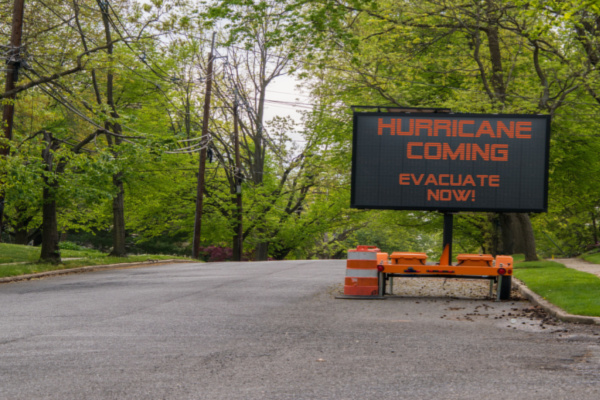A new tropical depression formed in the Atlantic Tuesday morning, and it’s expected to strengthen to a powerful Category 4 hurricane by the weekend as it nears the eastern Caribbean.
The first forecast track by the National Hurricane Center points the storm toward the east coast, with a possible northern scrape for the Leeward and Virgin Islands.
As The Miami Herald reports, the hurricane center’s cone only forecasts five days out. Some longer-range storm models suggest that the storm could bend north before it gets too close to Florida or the Bahamas, potentially setting Bermuda in the crosshairs — but it’s too early to stay if those projections will stick.
“As of this moment we are hoping a front comes off the East Coast and blocks it. One can never let the guard down with a possible cat 4 nearby. Hoping for the best,” WSVN lead meteorologist Phil Ferro posted on X, the social media site formerly known as Twitter.
But as of the 11 a.m. update, forecasters at the hurricane center focused on the immediate future of the storm, which was set to strengthen into Tropical Storm Lee as soon as Tuesday evening, a hurricane by Thursday and a major hurricane by Friday.
Storm models were in close agreement for the initial few days of the storm’s track, the hurricane center said. But it noted that “it’s still too early to determine exactly how close this system will get to the Leeward Islands given the average track forecast error at those time ranges.”
Forecasters said the storm could even rapidly intensify later this week in the low shear and record warm waters near the Lesser Antilles that they noted “would look more in place in the Gulf of Mexico.” The forecast read that, “the NHC intensity forecast is extremely bullish for a first forecast, but remarkably lies below the intensity consensus.”
That strength could come in handy for keeping the system away from the east coast, said Craig Setzer, chief meteorologist of the Royal Caribbean Group. “We want this tropical system to strengthen quickly because a more robust tropical cyclone’s track is easier to predict than one that sputters along during the formation stage. Also, in this part of the ocean, weaker tends to go farther west. So stronger, earlier is better for now,” he posted on X.
He noted that two major storm models, the European model and the Global Forecast System, were in “fairly good agreement” on a track that keeps Lee north and offshore of the east coast. That would certainly be welcome news to hurricane-weary Floridians.
—
Photo Credit: Alan Budman / Shutterstock.com
